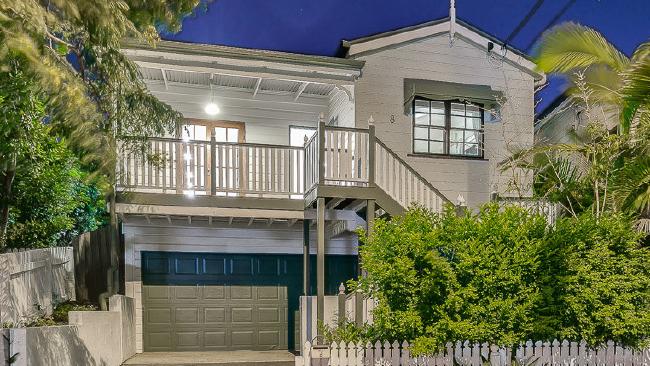Up Not Out For Housing
Australia is increasingly favouring higher density living, according to the 2011 census. It’s probably no surprise but it’s always interesting to see the figures, particularly those that show it’s an Australia-wide trend, not just confined to our two biggest cities.
In the five years since the 2006 census, every capital city in Australia experienced a decline in separate houses, and on an overall state-by-state basis, only Queensland and South Australia grew the percentage of standalone housing – albeit by the slimmest of margins, and despite their capitals doing the opposite.
The news probably sends shivers down many readers’ spines that more people want to live in “boxes”, as flats and townhouses are often disparagingly referred to.
But is it all that bad?
Andrew Wilson, senior economist with Australian Property Monitors (a Fairfax Media company), says consumers are part of the push for higher density options, as much as governments.
“There’s a number of winds of change that are blowing at the moment in terms of the urban profile of Australia and I think it’s a necessity because our major centres are evolving,” Wilson says.
“The spread in Melbourne and Sydney is starting to get beyond 50km from the CBD and of course we’re having a lot of issues in terms of, particularly transport.
“We’re still a CBD-centric type of business model, so people are still travelling inwards all the time.
“Australians have been traditionally brought up with that quarter-acre block type scenario where we have the backyard and the space … and I think that’s now becoming a lesser imperative when it is being traded off against such things as better access to the workplace and better and more established facilities such as hospitals or shopping centres.”
Wilson says the desire for inner city living, complete with cafes and interesting public spaces, is strong.
“We have a trend towards inner city living from buyers, particularly first-home buyers, and a lot of that is being generated by the high costs of housing and people are looking for that cheaper option of units,” Wilson says.
Governments are also keen on the idea as a way of stretching existing infrastructure further, without having to fork out for more – much to the disdain of many locals who feel public transport, roads and hospitals are already struggling.
And it’s not only Sydney and Melbourne that are going up rather than out, as revealed in the census.
“There’s a move now in Brisbane to this sort of a lifestyle and they’re not as constrained in Brisbane in terms of having the type of established urban areas that inner Sydney and inner Melbourne had to regenerate to develop higher density living,” Wilson notes.
“Certainly it’s a vexed issue for governments in terms of supplying the demand for more inner city living. We do have that ‘not in my backyard’ syndrome, which is a very strong political barrier to … higher density living in the inner city and in the inner ring suburbs and these are issues that governments are juggling to find a solution to at the moment.”
Reported by Domain – July 2012

